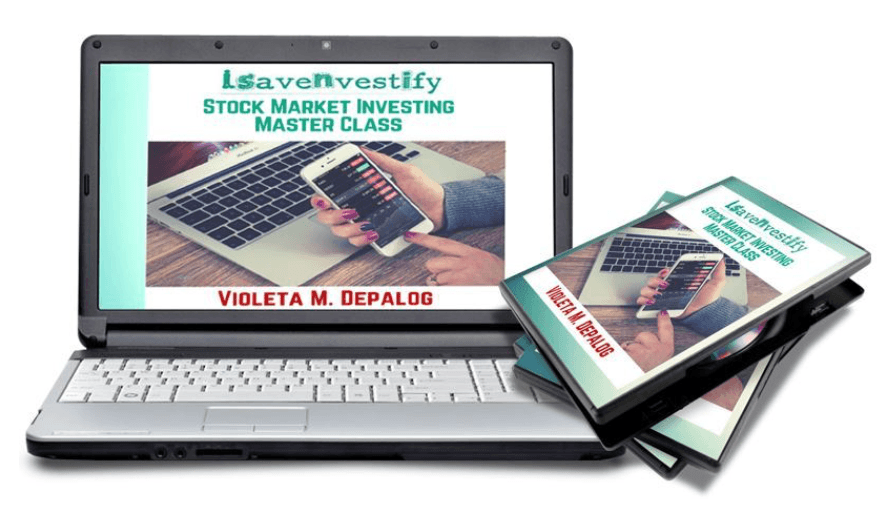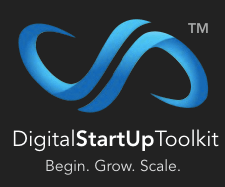
Free Mini-Workshop Reveals...
How To Build A 7-Figure Digital Empire Using Just A Computer & Internet Connection
Underground Strategy #2 - Bandura's Modeling Theory
How Anyone Can Create Their Own Digital Product Without Any Previous Experience or Expertise
Welcome to DSUT's 2nd of 3 mini-lectures that I'll be giving to you.
In this 2nd Mini-Lecture, I will teach you how you can create your own digital product without any previous experience or without any expertise.
This is based on "Bandura's Modeling Theory."
This next section is an idea I got from Albert Bandura, an American-Candian Psychologist, who developed the Social Learning Theory.
Basically, he studied how children and even adults are able to learn by imitating behavior that they observed from others.
This is particularly an important source for learning new things like how to speak, how to draw, how to interact with other people, and so on.
If you take a child, for example, and observe how they learn how to speak their first words like "Mama" or "Papa".
How are they able to learn how to do a complex task like speaking?
And yet deaf children, on the other hand, have difficulty learning how to speak?
Bakit nahihirapan magsalita ang mga deaf children kahit wala namang problema ang kanilang bibig, dila o lalamunan?
That's because children learn by imitation or observation.
They learn to speak by hearing the sounds made by other people.
They imitate the sounds like "Mama" or "Papa".
Then later on, they learn to speak phrases.
...Then sentences and then they just won't stop speaking (kidding aside).
They learn to speak their native language because that's how their parents speak to them at home.
If they can't hear the sounds, then they won't know how to generate those same sounds.
This is how I got the idea that anybody can learn how to create a digital product of their own.
If you can observe others, if you know how to model an existing product, then you can create your own digital product.
Take Note! I do NOT mean you can copy, what I mean is you can MODEL.
There's a big difference between copying and modeling.
It is true that success can be modeled.
If you look at the basketball career of the late Kobe Bryant, (RIP Black Mamba), he MODELED the moves of Michael Jordan. Some people might even say he surpassed Michael.

But he didn't just model them, he made additions to them to make it "his own".
Let's take a look at Multi-Million / Billion businesses.
Where do you think Lazada, Shoppee and Jollibee got their business ideas from?

The point here is this, we want to model existing successful businesses, products, etc. because they are proven to work, to sell, to generate income.
We do not want to re-invent the wheel.
In Lecture #1 of 3 of this Free Mini-Workshop, I introduced to you one of my students, Ms. Cynthia Fuller, who created the Stock Market Masterclass.
And one of my students, Ms. Violeta Depalog, after which, she created a similar course that was modeled after Cynthia's.
Only this time, she wants to serve a different market. Because she's a teacher by profession, she wants to help teachers learn how to invest in the stock market.

The lesson here is we can model existing digital products.
Specifically, we want to model DWY and DFY digital products like Courses or Programs.
Saan tayo makakahanap ng mga Courses o Programs na pwede nating gayahin?
Have you heard of the website: Udemy.com?
Udemy is an online site where they sell a lot of courses for really cheap prices.
If you can see the screenshot below, it's a course on how to Market Online For MLM or Network Marketing. It has 2,737 students enrolled for $10.99 each.

Just imagine: 2,737 students x $10.99 = $30,079.63 equivalent to P1,564,140.76!
You might be asking "But Doc Lloyd, I thought you said in Lecture #1 of the Mini-Workshop that courses are more expensive because they are DWY products and are more desirable?"
It's true that the courses on Udemy are cheap.
Remember that there's a customer perception to price.
If a price is cheap, that means the quality of the product is also cheap (most of the time.)
I'll give you an example.
Which of the following phones (see photo below) is the iPhone? What phone is the other one?

If you're the average person, you can't really tell which is which.
Halos pareho lang sila 'di ba?
I mean, they are both cellphones. They have the same functionalities. They can call, text, browse the internet, tell time, and so on...
But why does an iPhone cost way more than a Huawei, Oppo, Vivo, etc.?
And why do people keep buying the iPhone instead of the cheaper competitors?
And why does it feel "ang sosyal mo naman" if you're using an iPhone?
Even a Samsung phone used to be way cheaper than an iPhone and now it's almost as expensive.
Again, there's a perception to the quality.
Apple has already built a brand that tells its customers that it creates high quality, reliable products.
Of course, it is up to you if you want to sell your course for P500 or P15,000.
If you sell it for P500, you will need to get 2,000 students.
Do you really want to answer questions from 2,000 students?
That's almost like a full time job and not really a business.
But if you sell your course for P15,000 and made it really high quality that get people from their Nightmare Island to their Dream Island, then you only need to handle 67 students.
Hindi na mahirap iHandle ang 67 students sa loob ng isang taon o kahit 6 na buwan.
The Ultimate Question is this: "Why would people buy your P15,000 course instead of a P500 course on Udemy?"
Think about it for a second.
Done?
Ok, here's the answer.
Aside from the fact that the course you'll be making has a higher quality than the ones in Udemy, there's another reason.
Here's the other reason.
There are 4 types of customers in the world.
1. People who like things that are Free
2. People who like things that are Cheap.
3. People who like to pay Premium for quality.
4. People who like to pay Luxury for social status.
It is that simple.
1. If you like things for Free, go to Youtube and search "How To" for the things you want to learn. Spend a lot of time researching and do trial and error.
Go download the movie (not condoning this by the way).
Walk instead of buying a car.
2. If you like cheap things, go to Udemy.
Go buy the DVD of the movie.
Go buy a Bicycle, a Motorcycle or a Tricycle.
3. If you like to pay Premium for quality, then a P15,000 course is what you get.
Go to a regular movie theatre.
Go buy a Honda Civic or a Toyota Vios or an SUV like a Toyota Fortuner or a Ford Everest.
4. If you like Luxury, then go hire a personal 1-on-1 coach to help you get from your Nightmare Island to your Dream Island.
Go to a movie theatre, get the special screening or take the VIP pass with the reclining chair, popcorn and drinks.
Go buy a Ferrari or a Lamborghini.
Which one are you as a customer?
What type of customer would you rather have if you're the seller?
So now I hope you get the Big Picture on how this business works and how you should run it so that it won't take up your time.
Your time is better spent with your family, taking world-class vacations, doing what you love, creating happy memories rather than running a business 24/7.
If you run a business 24/7, then that's not a business, that's worse than a full-time job.
That ends our 2nd Mini-Lecture.
In the 3rd Mini-Lecture of this Free Mini-Workshop, I will share with you Underground Strategy #3: "How To Find Red Hot Buyers For Your Digital Product Before You Launch It".
Remember our Framework from the 1st Mini-Lecture?
Step 1 was to find people with problems first before you create the product.
Let me clarify on this a little bit more.
When I say find people with problems, I mean you need to be able to reach them.
It's not enough that you know they exist. You need to have a way to contact them.
In the online world, it can be through email or messenger. And they need to have given you their consent to send them emails / messages.
I hope that is clear.
So in our next lecture, I will teach you how to earn your first sale even before you create the product.
It is the same method that multi-billion dollar businesses and entrepreneurs are doing all the time.
If you have any questions or comments, please post them below.



